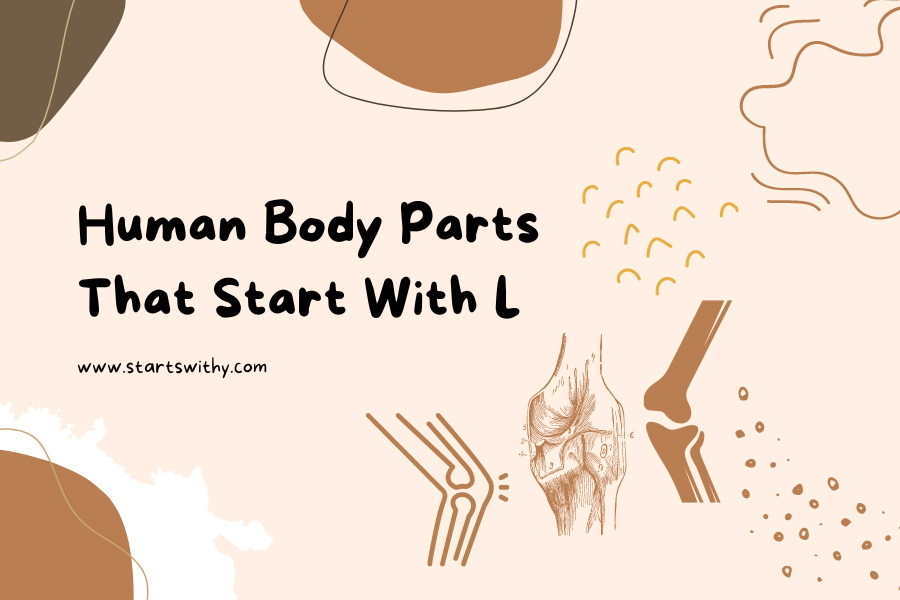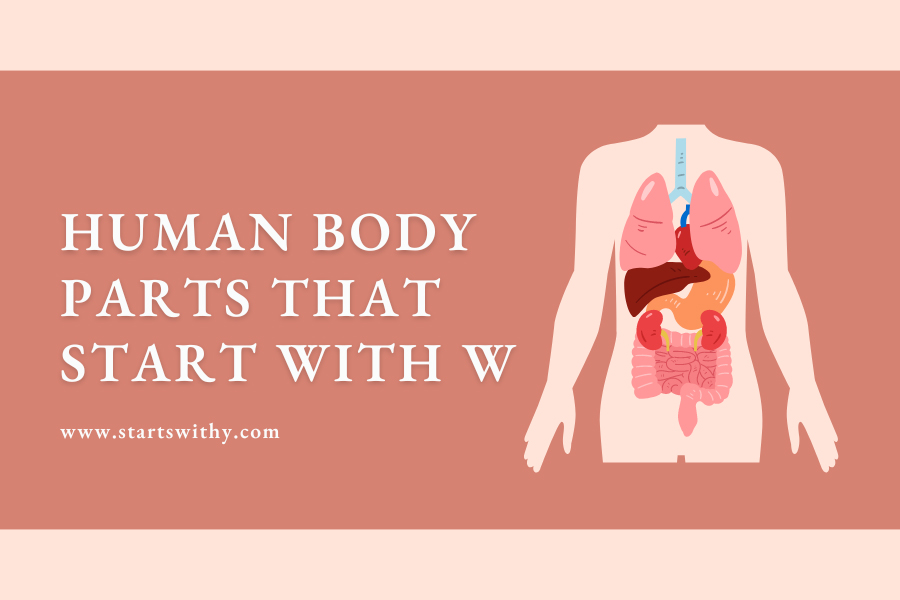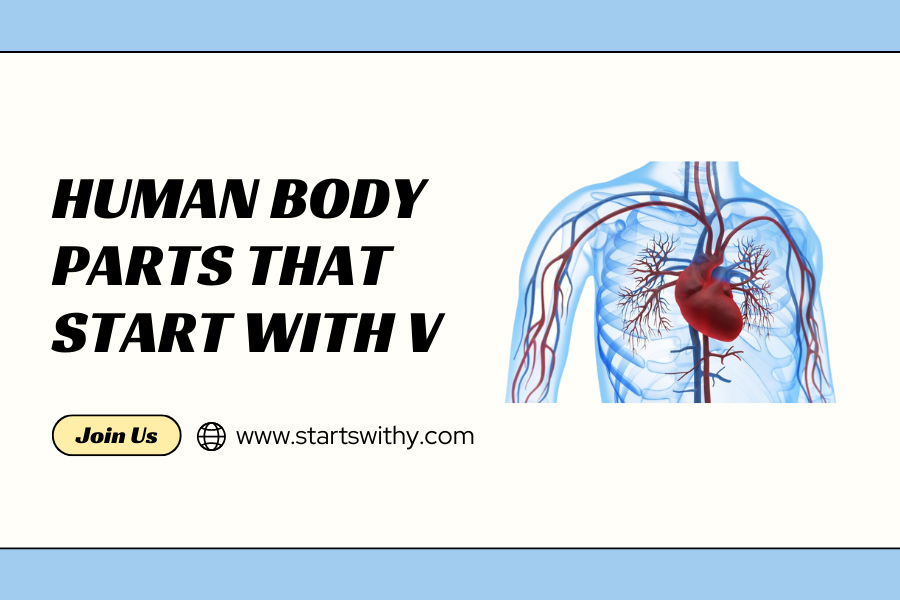The labyrinth of human anatomy is filled with myriad parts, each contributing to the intricate dance that keeps us alive and thriving. As we progress in our alphabetical exploration of the body, we come upon the letter “L.” This letter heralds a list of essential body parts, from our limbs that enable movement, to our lungs that breathe life.
In this article, we will delve into the body parts that begin with “L,” offering a deeper insight into their structure, function, and the indispensable roles they play within us. Let us embark on this enlightening journey together, appreciating the nuances and wonders of these “L” designated wonders of our anatomy.
Human Body Parts That Start With The Letter L
From top to toe, the human body is a marvel of intricate systems, structures, and substances. Each component, regardless of its size, plays a pivotal role in maintaining our health, mobility, and overall functionality. As we continue our alphabetic journey through anatomy, the letter ‘L’ introduces us to a range of essential body parts. This article will comprehensively explore the various body parts that begin with the letter “L.”
1. Liver
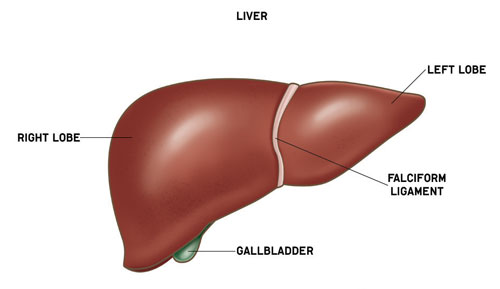
A key player in the digestive system, the liver is the largest internal organ in humans.
- Structure and Location: Situated in the upper right quadrant of the abdomen, beneath the diaphragm, the liver is a reddish-brown organ that’s soft and malleable.
- Functions: The liver has a myriad of roles. It processes nutrients absorbed from the intestines, produces bile (which helps digest fats), detoxifies chemicals, metabolizes drugs, and produces proteins essential for blood clotting.
- Clinical Significance: Diseases like hepatitis, cirrhosis, and liver cancer can severely impact its function. Due to its regenerative ability, the liver can recover from minor damages, but prolonged or severe conditions may lead to irreversible damage and require transplantation.
2. Lungs
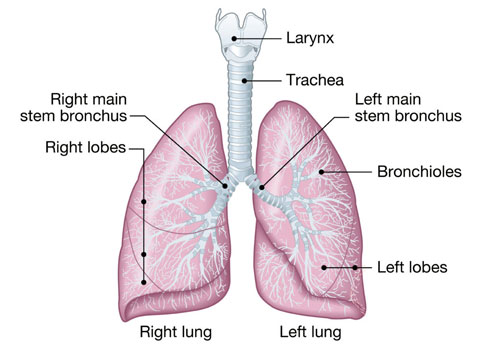
Central to our respiratory system, the lungs are responsible for providing life-sustaining oxygen to our bodies.
- Structure and Location: Located within the ribcage, there are two lungs – the right lung (which is larger and has three lobes) and the left lung (with two lobes to accommodate the heart).
- Functions: The lungs facilitate gas exchange, drawing in oxygen from the air and expelling carbon dioxide from the bloodstream.
- Clinical Significance: Diseases such as asthma, pneumonia, tuberculosis, and lung cancer can impact lung function. Chronic obstructive pulmonary disease (COPD), which includes conditions like emphysema and chronic bronchitis, remains a leading cause of death globally.
3. Larynx

Commonly known as the voice box, the larynx plays a central role in speech and breathing.
- Structure and Location: Situated in the neck between the trachea and the base of the tongue, the larynx consists of cartilages, muscles, and ligaments.
- Functions: Besides being integral for producing sounds and speech, the larynx also prevents food and liquids from entering the trachea and lungs.
- Clinical Significance: Inflammation of the larynx, called laryngitis, can result in a hoarse voice or temporary voice loss. Prolonged strain or misuse of the voice, tumors, and certain infections can also affect the larynx.
4. Limbs

The arms and legs, collectively termed limbs, are fundamental for locomotion and interaction with our environment.
- Structure and Location: The upper limbs or arms consist of the humerus, radius, ulna, carpal bones, metacarpals, and phalanges. The lower limbs or legs include the femur, tibia, fibula, tarsal bones, metatarsals, and phalanges.
- Functions: Upper limbs help in grasping, lifting, writing, and other precise movements. Lower limbs are essential for walking, running, jumping, and maintaining posture.
- Clinical Significance: Fractures, dislocations, and muscle injuries are common in limbs due to falls, sports, and other physical activities. Conditions like carpal tunnel syndrome or plantar fasciitis specifically target regions within the limbs.
5. Lymph Nodes
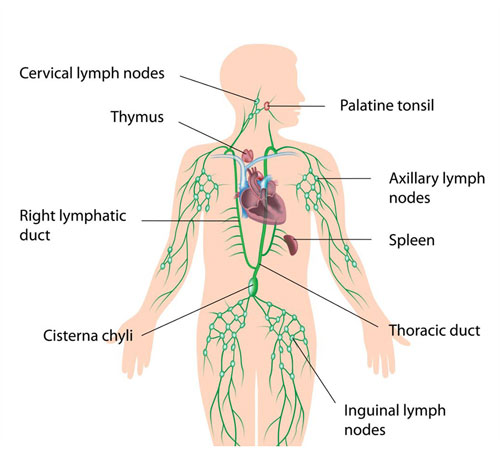
Part of the lymphatic system, lymph nodes play a vital role in our immune response.
- Structure and Location: These bean-shaped structures are scattered throughout the body, with concentrations in the neck, armpits, and groin.
- Functions: Lymph nodes filter harmful substances and are a site for lymphocyte production, which helps in fighting infections.
- Clinical Significance: Swollen lymph nodes are often a sign of infection, but they can also indicate conditions like rheumatoid arthritis or certain cancers, such as lymphoma.
6. Lips
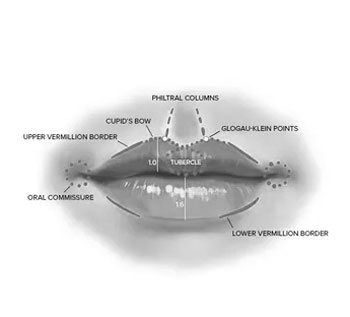
While often considered in aesthetic terms, lips have functional significance too.
- Structure and Location: Located at the opening of the oral cavity, lips are muscular structures covered by skin outside and mucous membrane inside.
- Functions: Lips play a role in speech, facial expressions, and the initial stages of digestion, assisting in food intake.
- Clinical Significance: Conditions like cheilitis (lip inflammation) or cold sores can affect the lips. Moreover, lips can indicate systemic issues, like dehydration or cyanosis (a bluish discoloration indicating reduced oxygen levels).
7. Left Atrium: The Gateway to Power
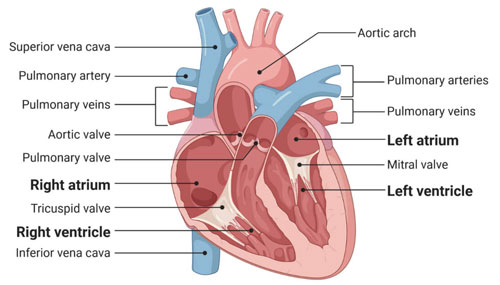
Think of the left atrium as a cozy reception hall in the heart, welcoming oxygen-rich blood returning from the lungs. This thin-walled chamber serves as a temporary holding tank, collecting blood before pushing it on to the main pumping station.
- Welcoming Witness: The left atrium receives blood from four pulmonary veins, each carrying oxygen-rich blood back from the lungs. This “fresh air” is essential for fueling our bodies and keeping us going.
- Pressure Regulator: While waiting for its turn, blood in the atrium builds up a bit of pressure. This helps push the blood forward when the right time comes, like a well-coordinated team effort.
- Communication Center: Tiny nerve endings within the atrium send signals to the brain, keeping it informed about blood volume and pressure. This helps maintain the delicate balance needed for efficient circulation.
Did you know? The left atrium has a small appendage called the auricular appendage, nicknamed the “ear of the heart.” Though its exact function remains a mystery, it might play a role in blood clotting prevention.
8. Left Ventricle: The Mighty Muscle of Movement

Next door to the welcoming atrium stands the left ventricle, the powerhouse of the heart. This thick-walled chamber is the main pumping station, responsible for sending oxygen-rich blood throughout the body.
- Muscle Marvel: The left ventricle is the strongest muscle in the heart, generating enough force to push blood with incredible pressure. This pressure ensures oxygen reaches even the farthest corners of our bodies.
- Ejection Expert: With each powerful contraction, the ventricle ejects around 70 milliliters of blood into the aorta, the main highway of the circulatory system. This rhythmic pumping keeps the blood flowing and organs nourished.
- Safety Valve: To prevent backflow during contraction, the ventricle has a set of one-way valves called the mitral and aortic valves. These valves ensure blood flows the right way and only outwards, like a well-functioning pump system.
Fun fact: The left ventricle can generate enough pressure to shoot blood about 30 feet in the air! This incredible power is what keeps our bodies functioning optimally.
9. Lesser Sac: The Hidden Helper

Tucked behind the heart lies the lesser sac, a fluid-filled space that offers support and lubrication. Though often hidden from view, this lesser-known hero plays a vital role in the heart’s smooth operation.
- Shock Absorber: The fluid in the lesser sac cushions the heart, protecting it from sudden bumps or jolts. This allows the heart to stay stable and focused on its essential pumping task.
- Lubrication Layer: The fluid also lubricates the surrounding tissues, allowing the heart to move and contract smoothly without friction. This smooth operation ensures maximum efficiency and minimizes wear and tear.
- Heat Regulator: The lesser sac helps regulate the heart’s temperature. This is crucial because overheating can disrupt the heart’s delicate electrical signals and affect its pumping function.
Did you know? The lesser sac is part of the pericardial cavity, a larger space encompassing the entire heart. This cavity offers another layer of protection and support for this vital organ.
10. Legs: Locomotion Powerhouses
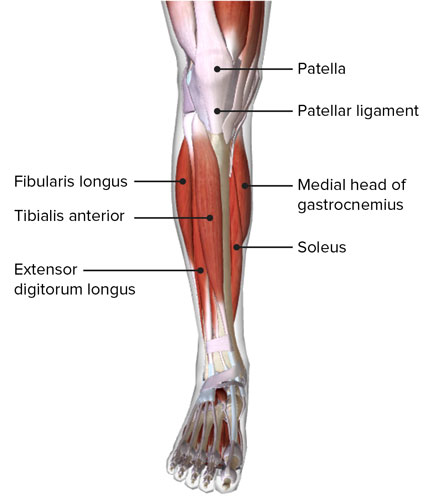
Think of your legs as two sturdy pillars propelling you through life. These amazing appendages enable us to walk, run, jump, dance, and explore the world around us. But legs are more than just transportation tools; they’re packed with incredible features:
- Strength and Stability: Powered by powerful muscles like the quadriceps and hamstrings, legs support our weight, allowing us to stand, squat, and climb. They also absorb shock with every step, keeping us pain-free and mobile.
- Flexibility and Balance: Joints like the knees and ankles offer flexibility for movement, while ligaments and tendons provide stability and balance. This intricate network keeps us upright and agile, whether navigating tricky terrain or mastering a new dance move.
- Circulation Champions: Leg muscles play a crucial role in pumping blood back to the heart through veins. This helps maintain healthy circulation and prevents pooling of blood in the lower limbs.
Did you know? The average human takes about 2,000 steps per day! That’s a lot of work for our legs, so regular exercise and stretching are essential to keep them strong and healthy.
11. Ligaments: Silent Connective Heroes
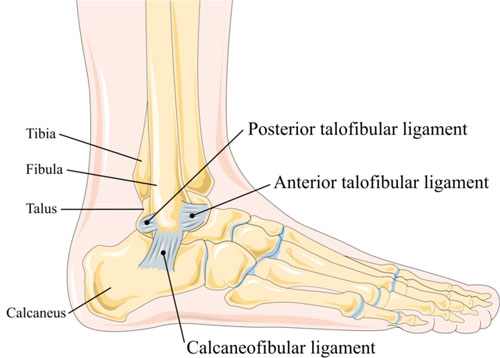
Imagine tiny, strong threads keeping your bones together – that’s the magic of ligaments. These fibrous bands connect bones at joints, providing crucial support and stability. Though silent heroes, ligaments play a vital role in our every move:
- Joint Guardians: Ligaments prevent excessive movement and dislocation at joints, keeping bones in their proper alignment. This ensures smooth joint function, whether you’re bending your knee or twisting your ankle.
- Shock Absorbers: Ligaments help absorb impact and pressure during movement, protecting bones and cartilage from damage. This cushioning system keeps us running, jumping, and playing without worry.
- Injury Prevention: Strong ligaments provide stability and prevent strains and sprains, common injuries caused by sudden or excessive force on the joints. Strengthening surrounding muscles can also help support ligaments and prevent injuries.
Did you know? The body has over 300 ligaments, each with a specific role and location. The strongest ligament in the body is the patellar ligament, located just below the kneecap, and it can withstand forces up to six times your body weight!
12. Lingual Nerve: The Taste Maestro

Nestled within the tongue lies the lingual nerve, our personal flavor conductor. This vital nerve transmits sensory information from the tongue to the brain, allowing us to experience the wonderful world of taste:
- Taste Detective: The lingual nerve has taste receptors called papillae, located on the tongue’s surface. These tiny sensors detect five basic tastes – sweet, salty, sour, bitter, and umami – enabling us to savor every bite.
- Temperature Tracker: The lingual nerve also helps us sense temperature in the mouth, allowing us to distinguish between hot and cold foods and drinks. This protects our mouths from potential burns and helps us enjoy food at the perfect temperature.
- Speech Supporter: The lingual nerve plays a role in speech by providing sensory feedback from the tongue. This feedback helps us control tongue movements and articulate sounds clearly.
Did you know? The lingual nerve also provides sensation to the floor of the mouth and part of the throat. This sensory information contributes to swallowing, gag reflex, and even breathing.
So, the next time you take a step, feel the stability of your joints, or savor a delicious meal, remember the incredible work of your legs, ligaments, and lingual nerve. These L-tastic structures work together to keep us moving, connected, and experiencing the world around us with every step and every taste. As you explore these wonders with your young learners, encourage them to appreciate the amazing machinery that makes their bodies tick!
List of Human Body Parts Starting with L
| Large Intestine | Laryngeal Muscles | Larynx |
| Lateral Palpebral Ligament | Lateral Rectus Muscle | Lateral Ventricles |
| Left Atrium | Left Ventricle | Leg |
| Lesser Sac | Levator Ani Muscle | Levator Palpebrae Superioris Muscle |
| Ligaments | Lingual Nerve | Lip |
| Liver | Liver, Left Lobe | Liver, Right Lobe |
| Long | Lumbar Vertebra | Lungs |
| Lymph Node | Lymphatic Vessel | Limbs |
Conclusion
The list of body parts beginning with ‘L’ is diverse, ranging from vital internal organs like the liver and lungs to external structures like the limbs and lips. Each plays a distinct role in our daily lives, health, and interactions. Understanding these components further emphasizes the complexity and marvel of human anatomy, reminding us of the delicate balance and interdependence of our body’s systems and structures.
Human Body Parts That Start With
A | B | C | D | E | F | G | H | I | J | K | L | M | N | O | P | Q | R | S | T | U | V | W
